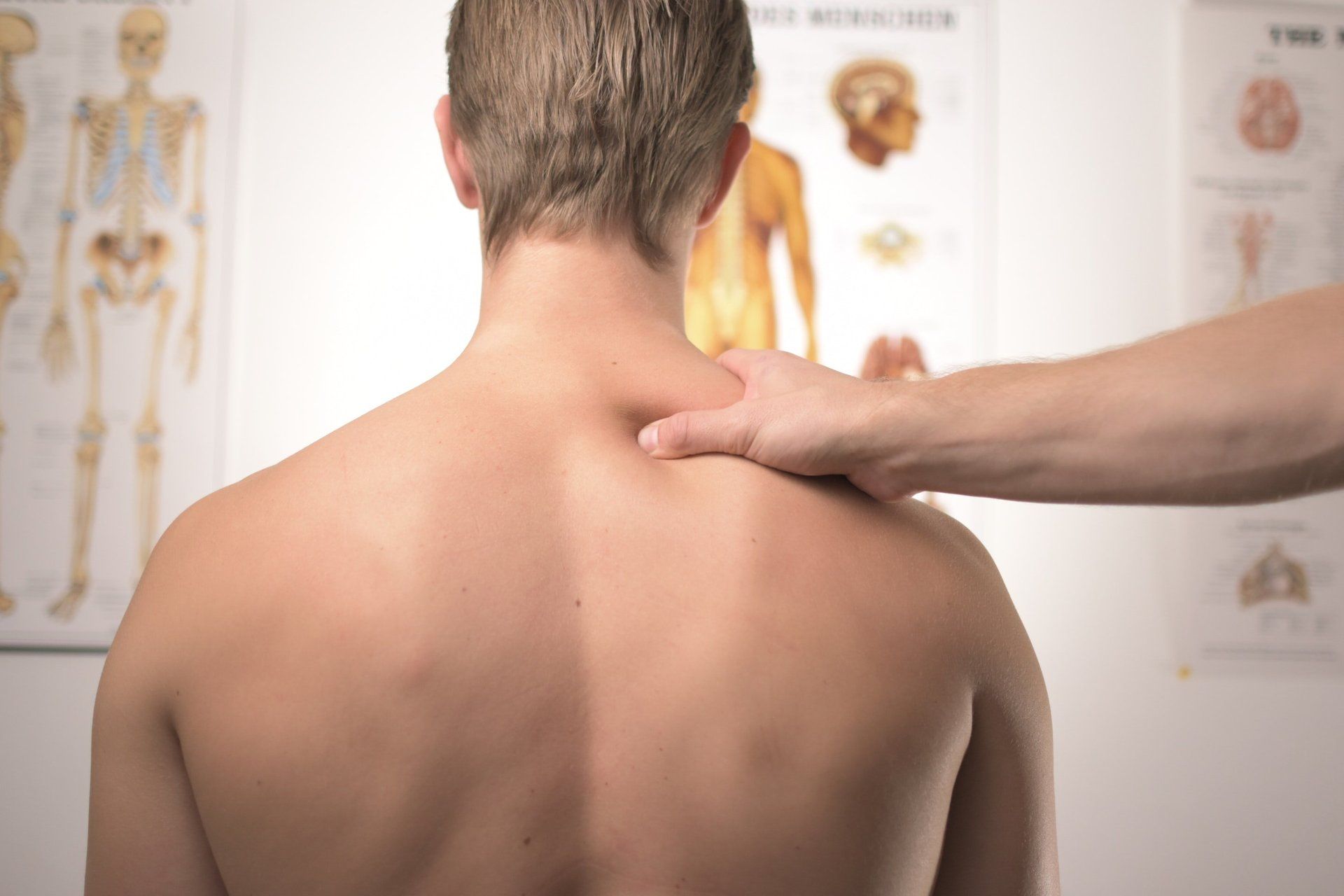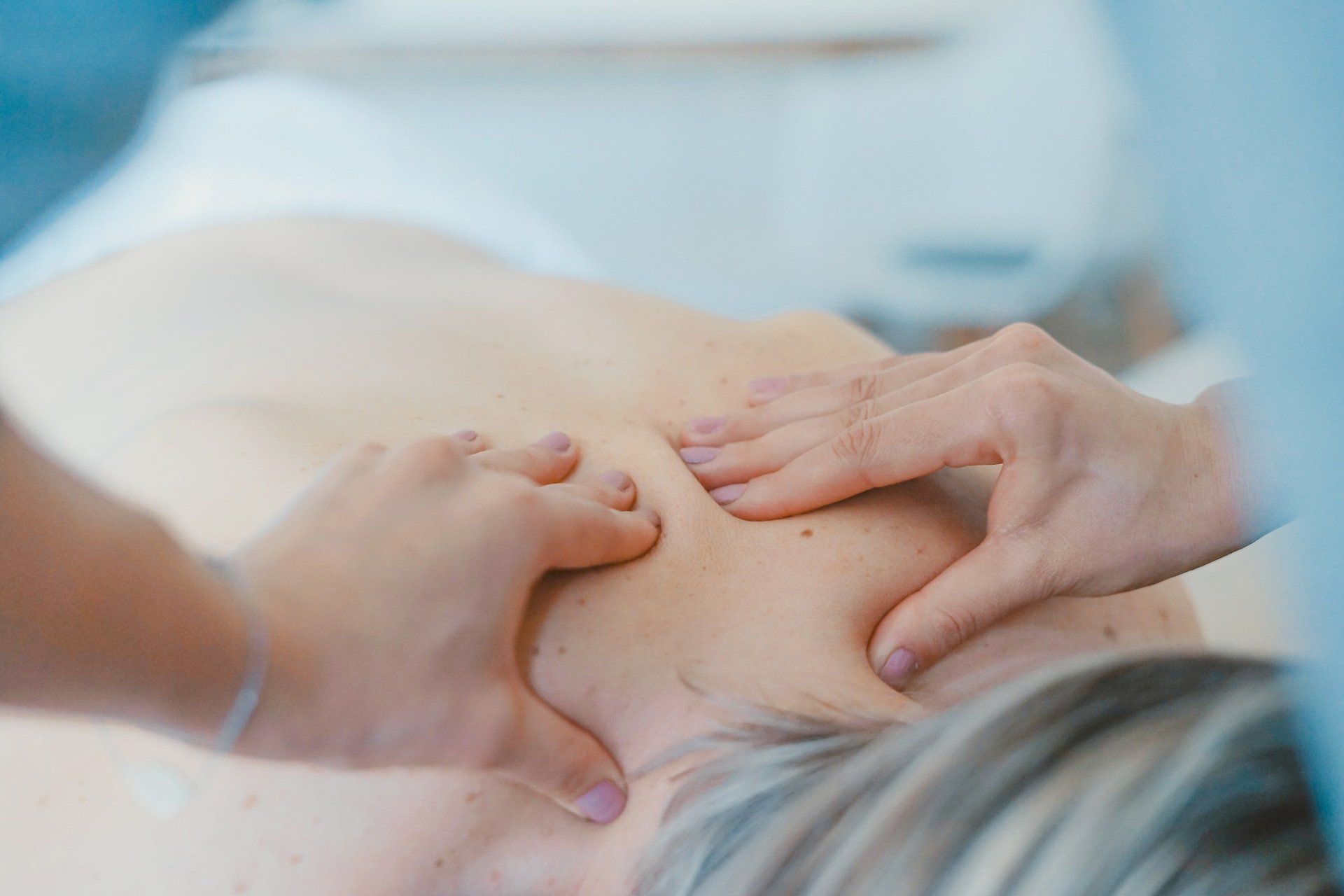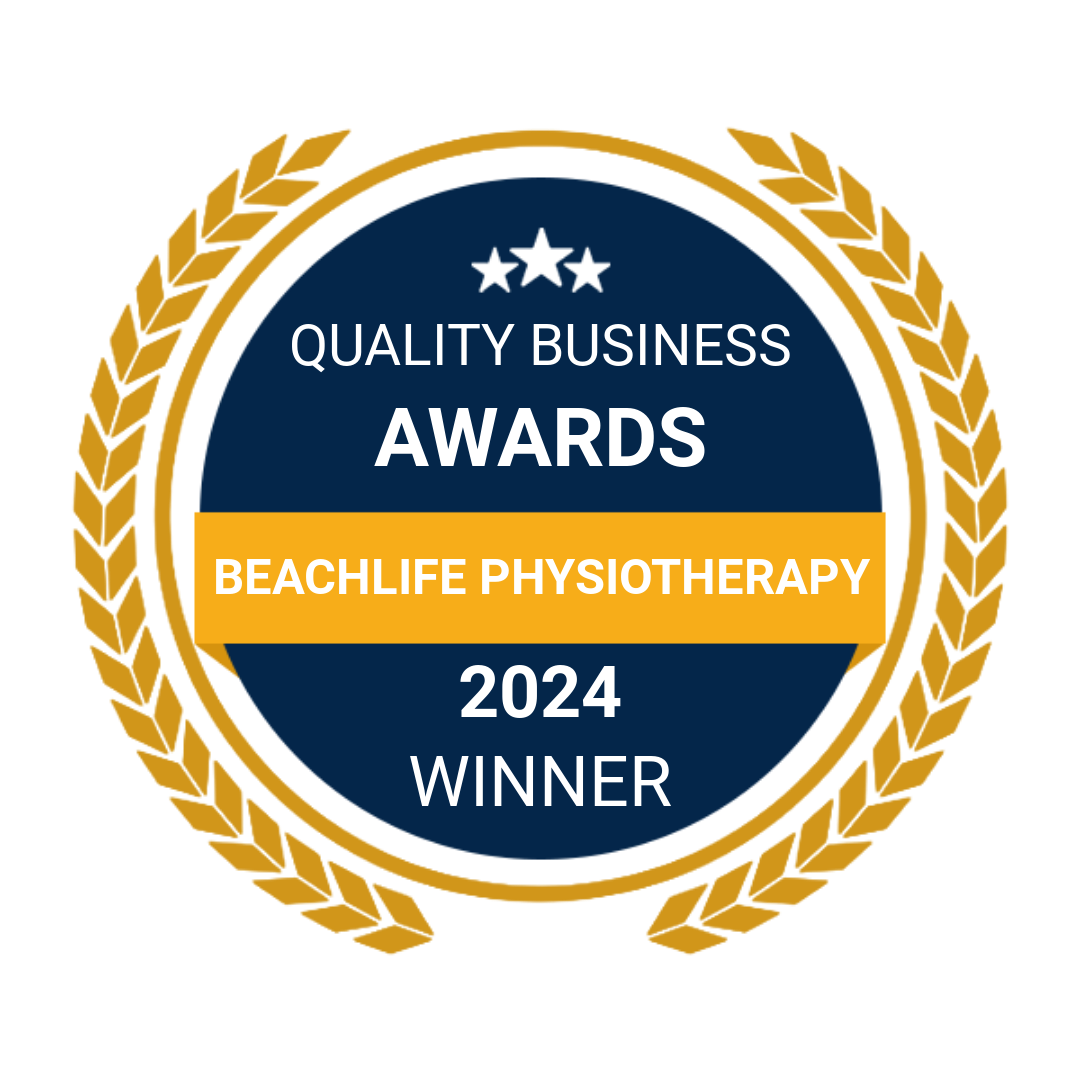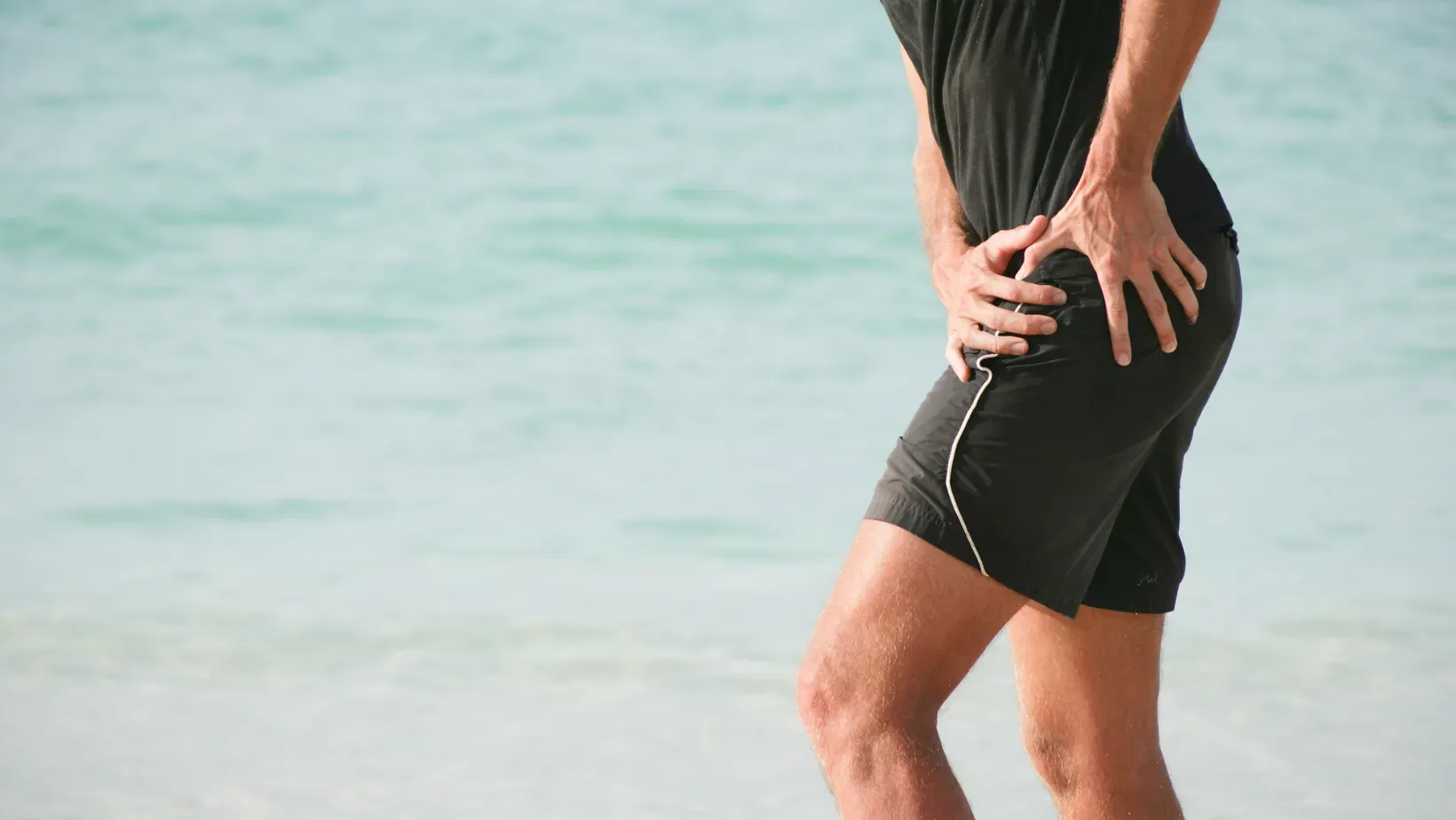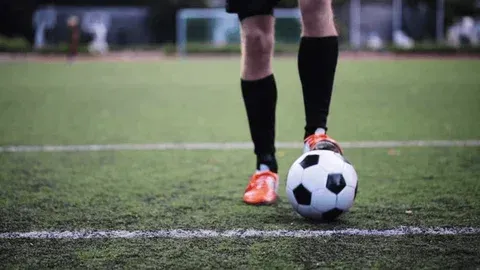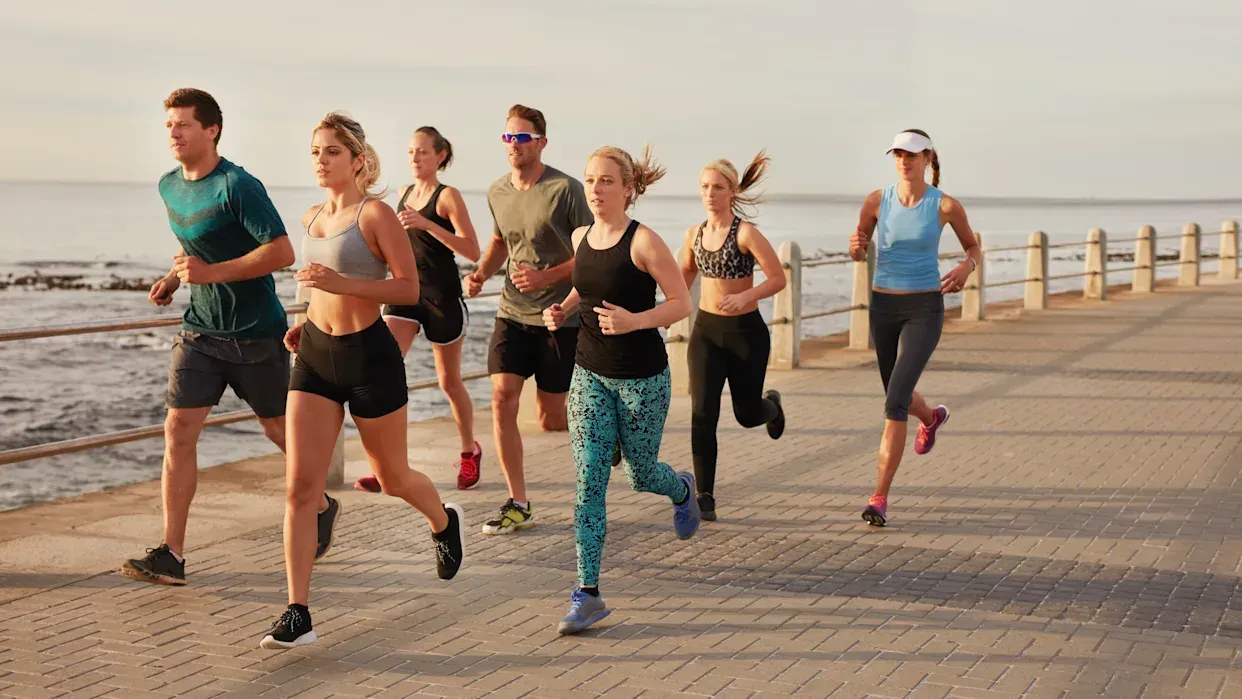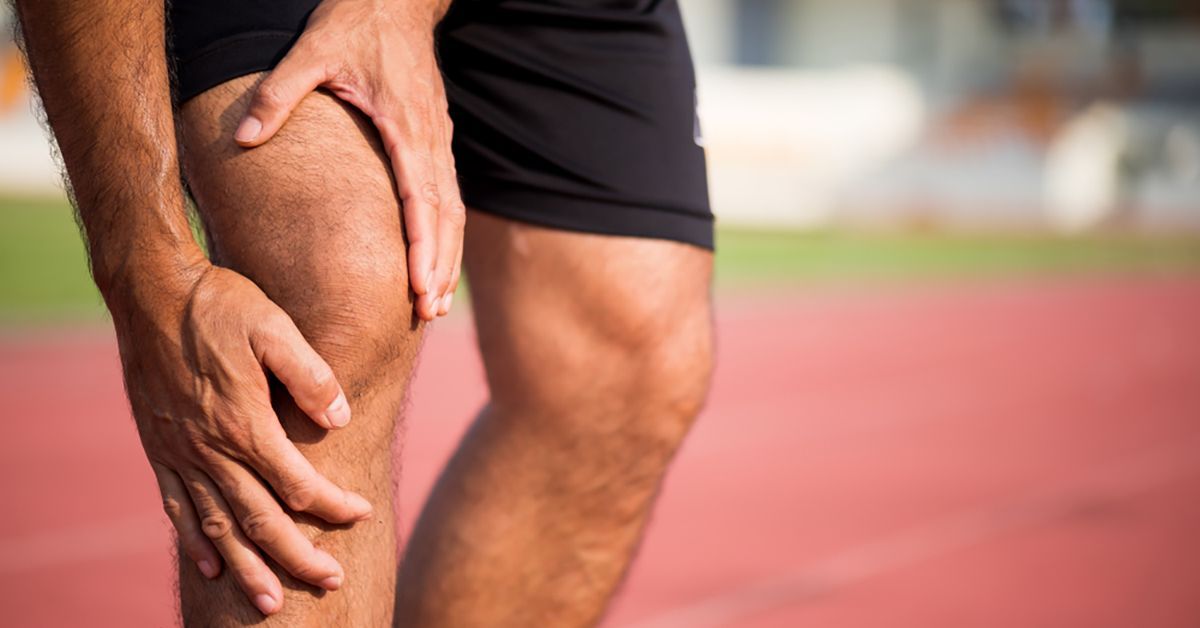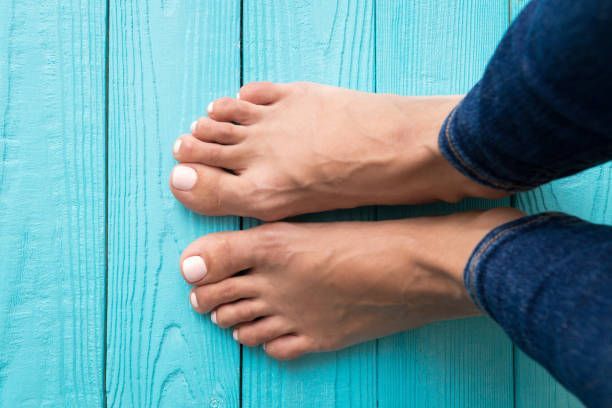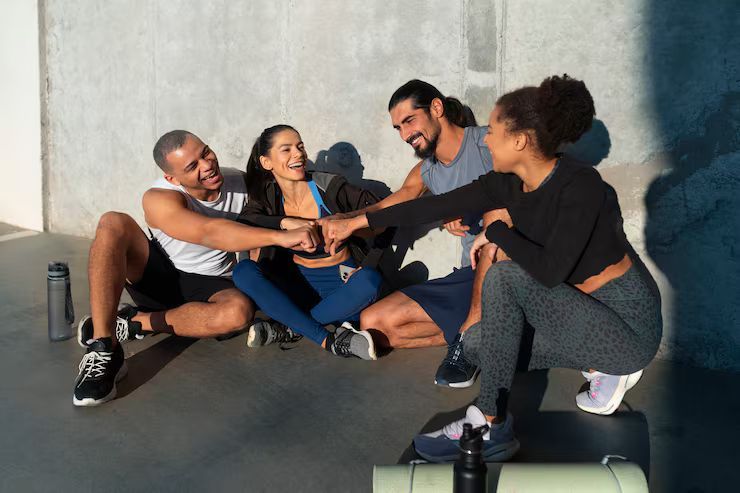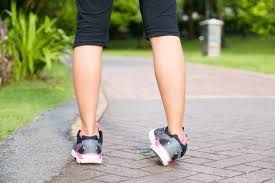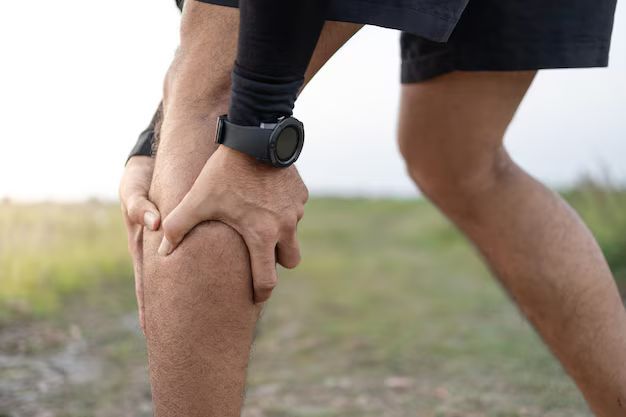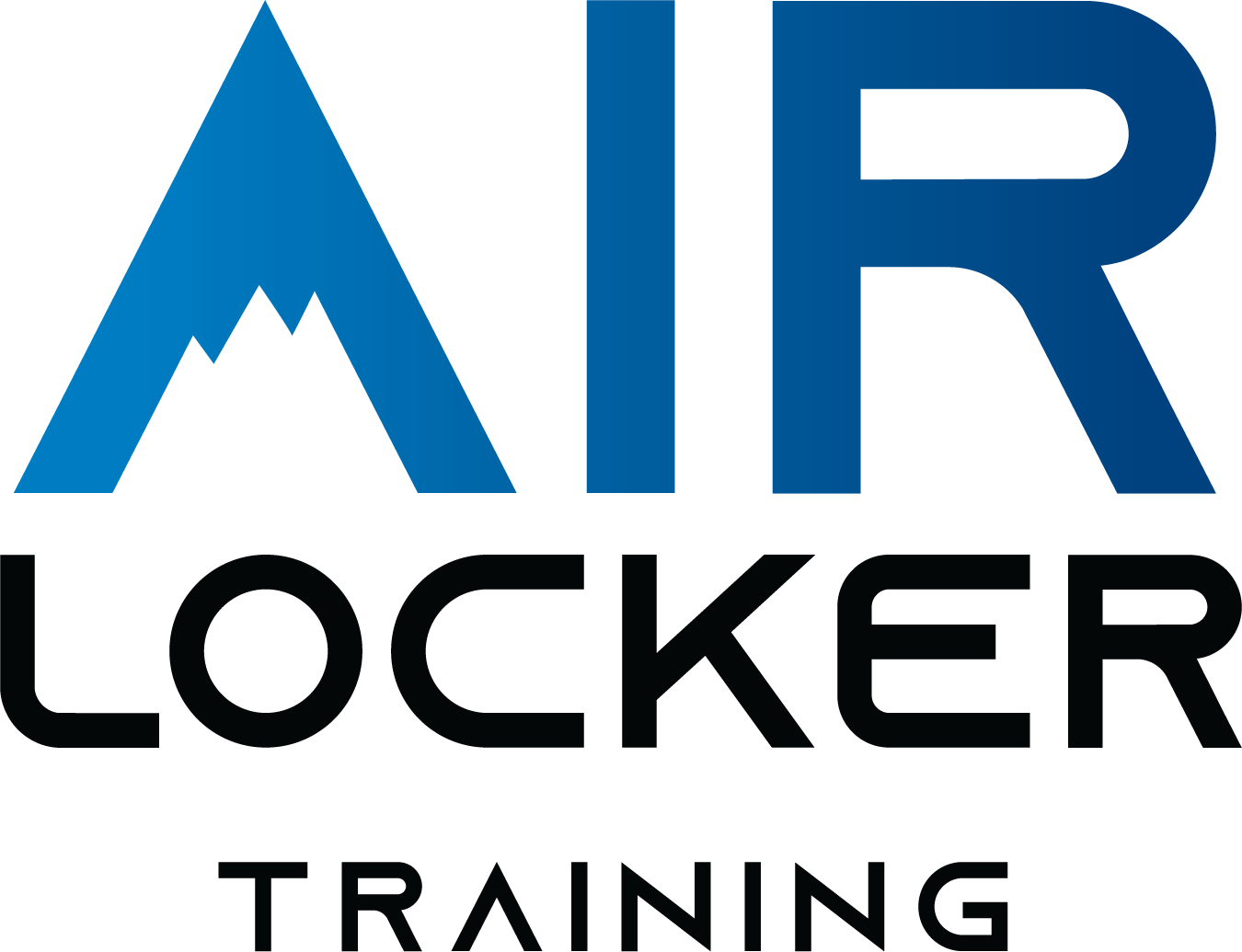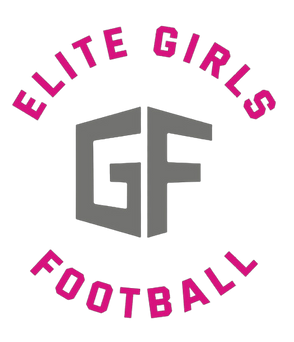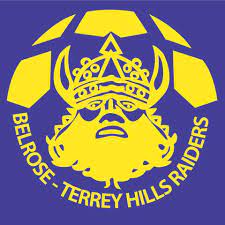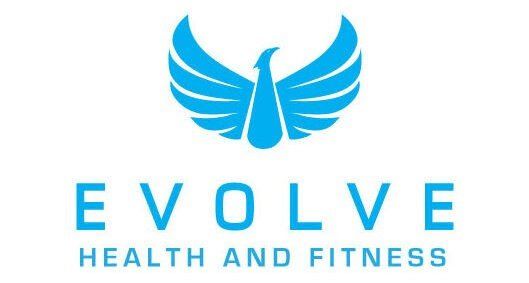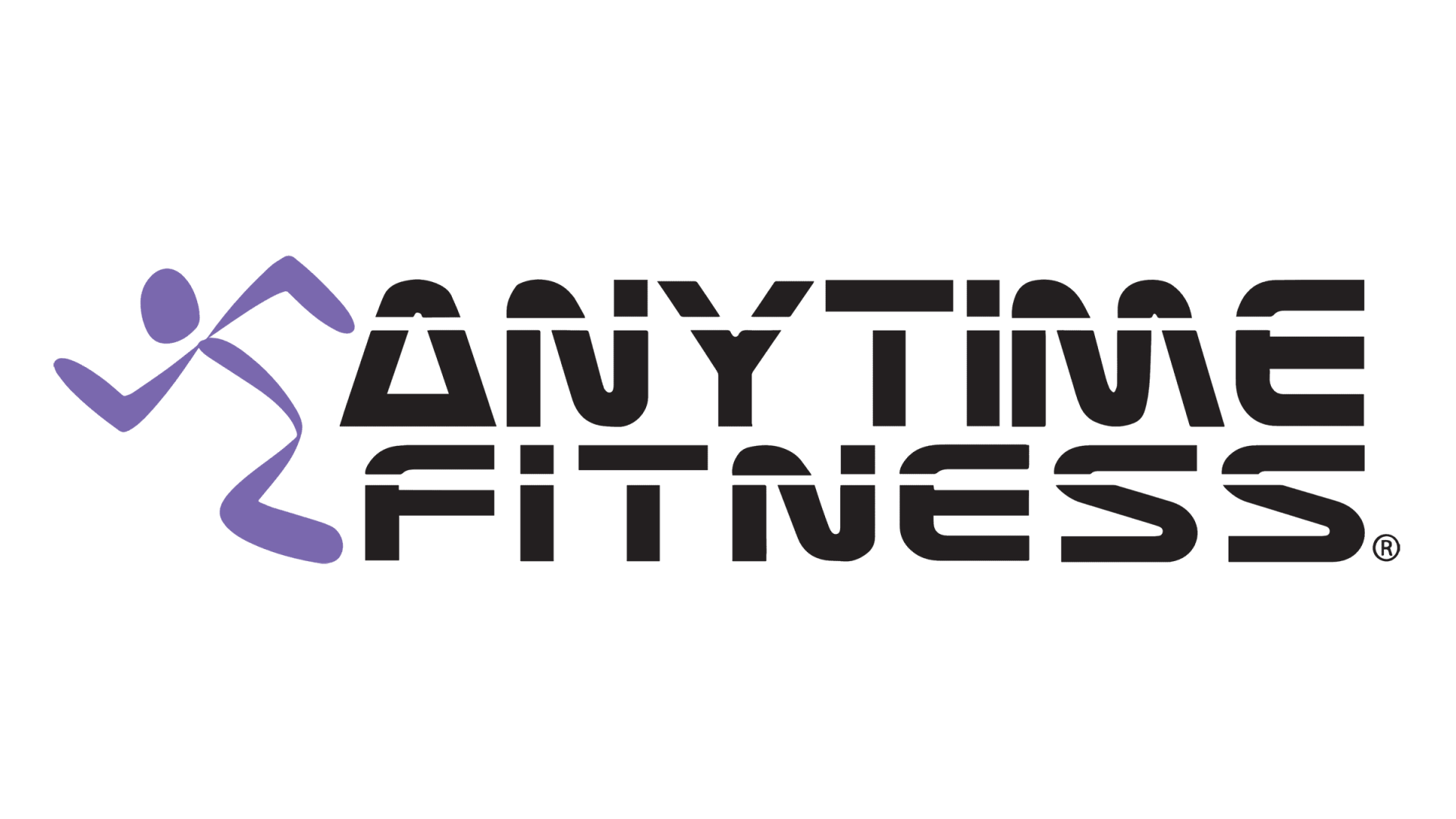by BeachLife Physiotherapy
•
20 November 2025
Overuse injuries in young athletes can sneak up quietly - but catching them early makes all the difference. Here are a couple of things to monitor while your child is actively participating in their favourite sport. Understanding the risks of overuse injuries can help you stay alert to new aches and pains your little athlete may be feeling. 1. Monitor load Overtraining is the biggest risk factor for overuse injuries. Depending on the sport, training for hours may not be up for discussion, so make sure you prioritise proper rest when they are not training. Training >20 hours/week triples the risk of overuse injuries (NATA Position Statement, 2011) 2. Monitor growth Big growth spurts are another risk factor for injury - during this time, stay alert to any changes in your athlete (how they walk/perform and pain complaints) This may be a time to try reduce load where possible, or adapt training. Injury risk increases during growth periods due to: 1. Temporary decrease in flexibility and coordination 2. Muscle imbalances (e.g, quadriceps stronger than hamstrings) develop 3. Apophyseal growth plates are vulnerable 4. Neuromuscular control declines 3. Proactively act on pain - especially at joints Growth plates are all around the body and are particularly vulnerable during periods of rapid growth. Common sites include; knee, heel, wrist, elbow, hip, shoulder Kids shouldn't be in lots of pain! New or sudden pain needs to be addressed quickly - especially any pain near joints as this is where a lot of their growth plates are. Don't wait until it hurts - spot it early, treat it smart!
